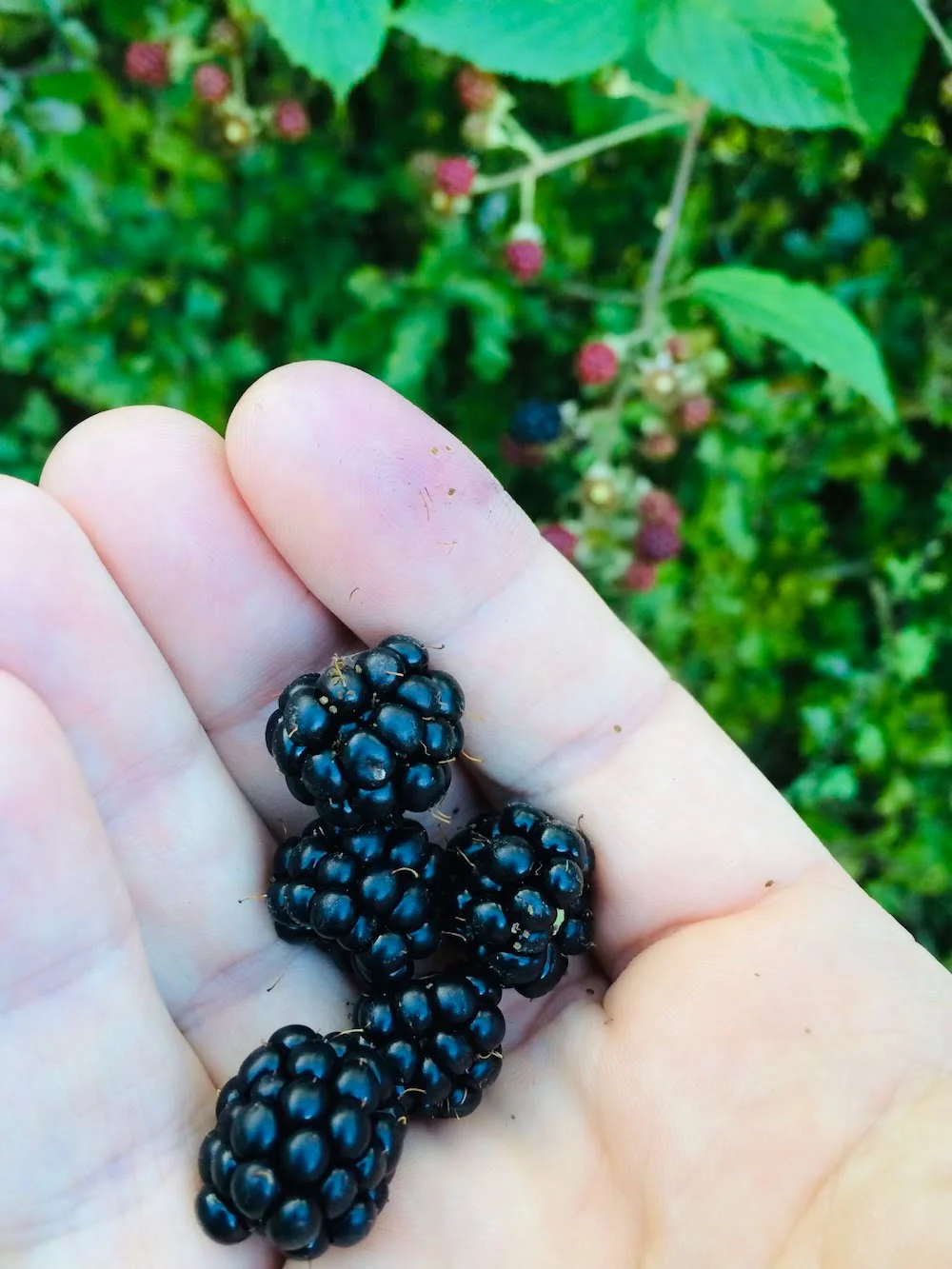Have you ever dreamed of picking juicy grapes from your very own backyard? In this beginner’s guide, you will learn the step-by-step process of growing grapes from seed. From choosing the right variety to providing the ideal growing conditions, this article will equip you with all the necessary knowledge to embark on your grape-growing journey. Whether you’re a gardening enthusiast or simply looking to cultivate a fruitful hobby, get ready to bring the sweetness of grapes into your life.

Choosing the Right Grape Variety
When it comes to growing grapes from seed, one of the first things you should consider is the climate and soil conditions in your area. Grapes thrive in warm, sunny climates with well-draining soil. They prefer a climate with long, hot summers and mild winters. However, certain grape varieties are more adaptable to different climates, so it’s important to choose a variety that suits your specific region.
Next, think about the purpose of growing grapes. Are you interested in making wine? Or do you simply want to enjoy fresh, homegrown grapes? Different grape varieties have different characteristics that make them more suitable for wine production, table grapes, or even raisins. Consider your goals and preferences and select a grape variety that aligns with them.
Research is key when it comes to choosing the right grape variety. There are countless grape varieties available, each with its own unique flavor, texture, and growing requirements. Take the time to learn about different grape varieties, their growth habits, and their resistance to diseases. This information will help you make an informed decision and ensure that you select the right grape variety for your needs.
Obtaining Grape Seeds
Once you’ve decided on the grape variety you want to grow, it’s time to obtain the grape seeds. There are several ways to get your hands on grape seeds.
One option is to harvest the seeds from fresh grapes. Choose ripe grapes and gently remove the seeds by cutting the grapes in half and carefully extracting the seeds. Rinse the seeds under running water to remove any pulp or residue. This method allows you to grow grapes from a variety that you personally enjoy.
If you don’t have access to fresh grapes or prefer a wider selection of grape varieties, you can purchase grape seeds from nurseries or online suppliers. This option gives you the opportunity to choose from a wide range of grape varieties and ensures that you have access to high-quality seeds that are ready to be planted.
Another option is to collect seeds from local vineyards. This can be a fun and cost-effective way to obtain grape seeds, especially if you live in an area with a thriving grape industry. Contact local vineyards and ask if they allow seed collection. If they do, you can collect seeds from grape varieties that are well-suited to your region, increasing your chances of success.

Preparing the Seeds for Planting
Before planting grape seeds, it’s important to prepare them properly to improve germination rates and increase your chances of success.
Start by removing the outer seed coat. The outer coat of grape seeds can be quite hard and thick, which can inhibit germination. Carefully nick or file the outer coat to create small openings. However, be cautious not to damage the inner seed, as this will prevent germination.
Next, stratify the grape seeds. This process mimics the natural winter dormancy period that grape seeds go through before they germinate. Place the seeds in a moist paper towel or sphagnum moss and put them in a sealed plastic bag. Refrigerate the bag for three to four months, ensuring that the temperature stays between 32 and 50 degrees Fahrenheit (0 to 10 degrees Celsius). This stratification period is essential for breaking seed dormancy and promoting germination.
To aid in the hydration and germination of the seeds, soak them in water for 24 hours before planting. This will soften the seed coats and further improve germination rates.
Pre-Planting Considerations
Before planting your grape seeds, make sure you have the right container or pot. Choose a container with good drainage to prevent waterlogging, as excess moisture can lead to root rot. You can use plastic pots, clay pots, or even recycled containers as long as they have drainage holes.
Preparing the planting medium is equally important. Use a well-draining soil mix specifically designed for container gardening. Alternatively, you can create your own planting medium by combining garden soil with peat moss and perlite or vermiculite to improve drainage.
Ensure that your chosen container or pot has adequate drainage to prevent water buildup. This can be achieved by adding a layer of gravel or broken pottery shards at the bottom of the container. Proper drainage will prevent the roots from becoming waterlogged and promote healthy root development.

Planting Grape Seeds
There are a few different methods you can use to plant grape seeds, depending on your preference and available space.
If you choose to plant your grape seeds in containers, fill the container with the prepared planting medium and create a small indentation in the center. Place the seed in the indentation, cover it with a thin layer of soil, and lightly press it down. Water the container gently to moisten the soil, being careful not to dislodge the seed.
Alternatively, you can directly sow the grape seeds in your garden if you have the space and suitable soil conditions. Choose a location that receives full sun and has well-draining soil. Dig a small hole, place the seed inside, cover it with soil, and gently pat it down. Water the area thoroughly to ensure good soil contact and promote germination.
For those who prefer to start their grape seeds indoors, use seed trays or small pots filled with the prepared planting medium. Place the seeds in the trays or pots, cover them with a thin layer of soil, and lightly press down. Mist the surface with water to keep it moist. Place the trays or pots in a warm location with indirect sunlight until the seeds germinate.
Caring for Grape Seedlings
Once your grape seeds have germinated and the seedlings have started to grow, it’s important to provide them with proper care to ensure healthy growth.
Proper watering is crucial for young grape seedlings. Keep the soil consistently moist but not waterlogged. Water the plants at the base, avoiding overhead watering that can lead to fungal diseases. Monitor the moisture level of the soil regularly and adjust your watering schedule accordingly.
Fertilizing the seedlings is also important to provide them with the necessary nutrients for growth. Use a balanced fertilizer specifically formulated for young plants. Follow the manufacturer’s instructions for proper application rates and frequency. Be cautious not to over-fertilize, as this can lead to excess leaf growth and impact fruit production.
Protecting the grape seedlings from pests and diseases is vital. Common pests that may attack grapevines include aphids, spider mites, and grape leafhoppers. Regularly check the plants for any signs of pests and take appropriate measures to control them. Additionally, keep an eye out for common grapevine diseases such as powdery mildew and downy mildew. If detected, use organic or chemical treatments as recommended.

Transplanting Grape Seedlings
Once your grape seedlings have reached the right size and are sturdy enough, it’s time to transplant them to their permanent location.
Wait until the seedlings have developed several sets of leaves and are at least 4-6 inches tall before transplanting. This ensures that the seedlings have a strong root system and are better equipped to handle the transplanting process.
Choosing a suitable planting location is crucial for the success of your grapevines. Select an area that receives full sunlight and has well-draining soil. Grapevines require at least six to eight hours of direct sunlight each day to produce healthy, flavorful grapes. Ensure that the location is also protected from strong winds, as this can damage the fragile vines.
When transplanting, dig a hole that is deep and wide enough to accommodate the root system of the seedling. Gently remove the seedling from its container, being careful not to damage the roots. Place the seedling in the hole, backfill with soil, and gently firm it around the base of the plant. Water the area thoroughly to settle the soil and provide moisture to the newly transplanted seedling.
Training and Pruning Grapevines
Training and pruning grapevines are essential steps in ensuring healthy growth and optimal grape production.
Establishing a support structure is crucial for grapevines, as they require a framework to grow and produce fruit efficiently. You can use trellises, arbors, or even fences to provide support. Install the support structure before planting the grapevines to avoid damaging the plants during the process.
Understanding pruning techniques is important for maintaining the health and productivity of grapevines. Pruning helps control the size and shape of the vines, removes dead or diseased wood, improves air circulation, and promotes the development of healthy fruit-bearing canes. Learn about different pruning methods and techniques specific to the grape variety you are growing to ensure you prune the vines correctly and at the right time.
Pruning for optimal grape production involves removing excess cane growth, thinning out grape clusters, and maintaining a balance between vegetative growth and fruit production. Regular pruning during the dormant season and throughout the growing season is necessary to keep the vines in good health and ensure a bountiful harvest.

Managing Grapevine Diseases and Pests
To maintain healthy grapevines and prevent the spread of diseases, it’s important to be able to identify common grapevine diseases and implement preventive measures.
Common grapevine diseases include powdery mildew, downy mildew, botrytis bunch rot, and black rot, among others. Each disease presents different symptoms and requires specific treatment. Familiarize yourself with the signs and symptoms of these diseases to take early action if necessary.
Preventive measures play a crucial role in managing grapevine diseases. These include practicing good sanitation by removing any fallen leaves or diseased plant material, promoting good air circulation around the vines, and avoiding excess moisture on the leaves. Additionally, choosing disease-resistant grape varieties and using disease-resistant rootstocks can greatly reduce the risk of disease outbreaks.
Pests such as aphids, spider mites, and grape leafhoppers can also affect grapevines. Regularly monitor the plants for signs of pest infestation and implement appropriate pest control methods. Using natural pest control methods like introducing beneficial insects, such as ladybugs or lacewings, can help keep pest populations in check without resorting to harsh chemicals.
Tips for Successful Grape Growing
To ensure successful grape growing, there are a few additional tips to keep in mind.
Providing adequate sunlight is crucial for grapevines to thrive. Ensure that your planting location receives at least six to eight hours of direct sunlight each day. Insufficient sunlight can result in poor fruit production and overall weak plant growth.
Maintaining proper air circulation around the grapevines is important to prevent the development of fungal diseases. Avoid overcrowding the plants and prune to improve air movement through the vine canopy. This will help reduce the humidity levels and protect the plants from diseases like powdery mildew.
Regularly monitor and adjust the growing conditions as needed. Check the soil moisture levels regularly and water accordingly. Adjust fertilization based on the plant’s needs and response. Monitor the plants for any signs of stress, disease, or nutrient deficiencies and take appropriate action promptly.
By following these guidelines and tips, you’ll be well on your way to successfully growing grapes from seed. With patience, dedication, and proper care, you can enjoy the satisfaction of nurturing your grapevines from the very beginning and eventually relish the delightful harvest of homegrown grapes.




